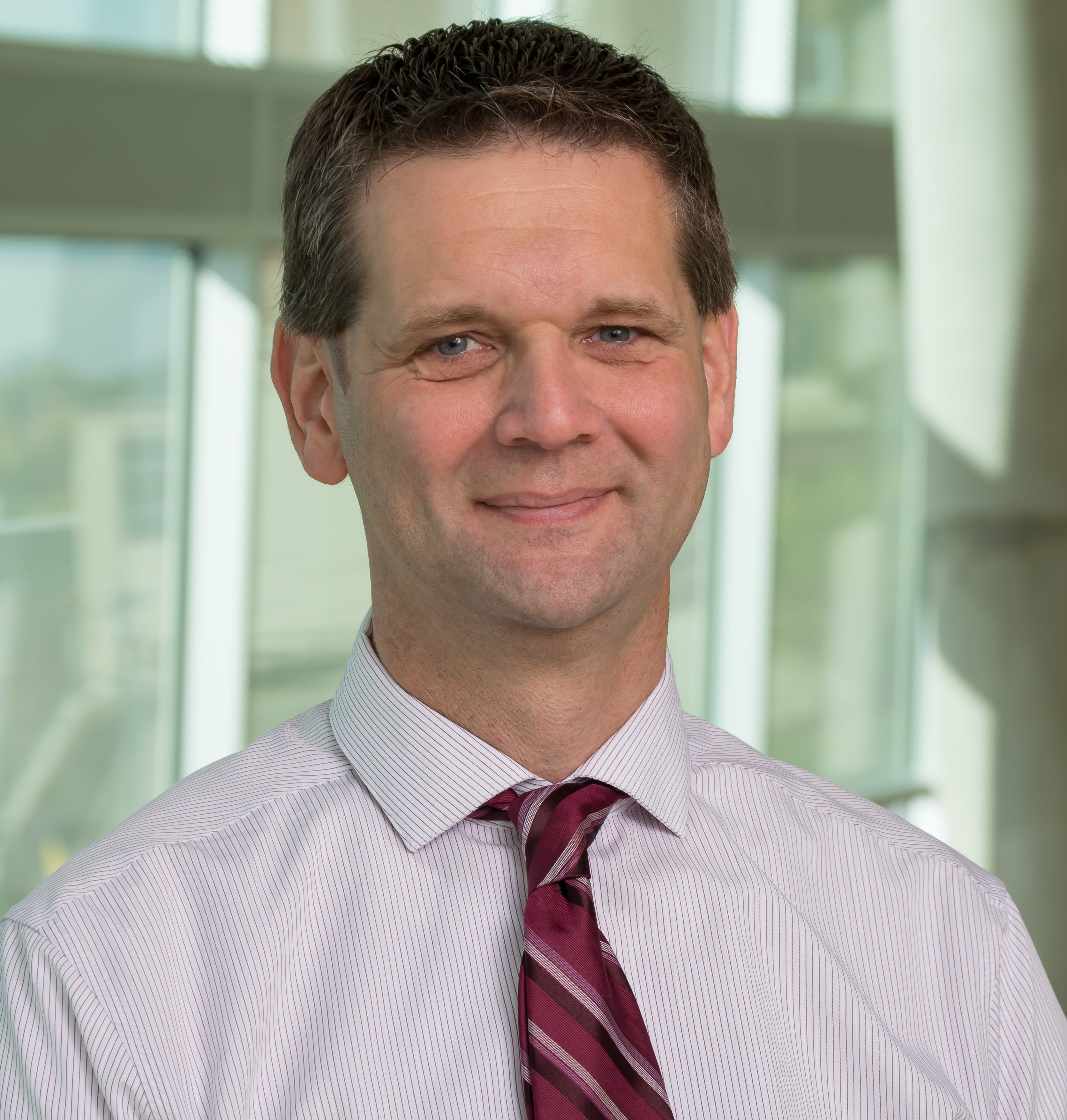Last Updated on January 12, 2019 by
Ask any doctor, in any specialty and of any age, and they will remember their training in medical school. It is full of learning, new experiences, new friends, and major strides in both personal and professional development. With so many changes, dozens of obstacles in each student’s life must be confronted and overcome. Fortunately, medical schools have extraordinary people who devote their time and talent to guiding and supporting medical students through their four years. This column interviews these people at medical schools around the country to help students learn more about the resources they have available during their years in school.In our third installment, I interviewed Mr. Benjamin Stobbe. Mr. Stobbe is the Executive Director of Clinical Simulation at University of Nebraska Medical Center (UNMC) in Omaha, Nebraska.
 Please summarize your role at the medical school.
Please summarize your role at the medical school.
As the Executive Director of Clinical Simulation at UNMC, I oversee the incorporation of simulation into the curriculum to enhance experiential learning, as well as oversee all simulation operations for the Medical Center and the new Global Center (which will house an interprofessional simulation center). I also work with faculty to ensure full understanding and availability of appropriate simulation modalities and how to incorporate them into the medical curriculum.
How common is your position at medical schools; is it a traditional position or a newly developed one?
My position is newer for medical schools but becoming more adopted as simulation is being incorporated more into the curriculum.
Why did you choose to become the Executive Director for Clinical Simulation at UNMC?
I have been running simulation centers for the past 13 years. When the opportunity to join UNMC as the Exec Director came up, I visited and recognized the excitement and commitment level of the faculty to create a new way of teaching, and there was no question about moving to Omaha. The engagement level of faculty/staff is critical for the success of an interprofessional training center.
What was your path to your current role?
I started my career as a floor nurse in a busy Ohio hospital. I worked in the areas of neurology/neurosurgery, trauma, critical care, and vascular/thoracic. I was running the Level 2 Trauma Certification for the hospital when the opportunity arose to join a team at the hospital that was designing one of the first interprofessional simulation centers in the country. After running this hospital-based center for six years I moved to a university to design, build, and run a large interprofessional simulation center for 5 years. I made the move to Omaha two years ago after being recruited by the Chancellor who had the vision for UNMC to build one of the largest interprofessional simulation centers.
Why did you choose to work at a medical school?
Starting my simulation career at a hospital-based simulation center and working with practicing clinicians, I was missing the opportunity to help students at the very start of their clinical career. I wanted to be able to help even the first-year students get hands-on practice with clinical practices through the introduction of a simulation-based curriculum, which certainly conveys their material in a more lively way than a textbook.
Are there unique challenges to your role at a medical school?
Each college has unique skills and information that is required to provide to the students. The curriculum is full of information that has traditionally been taught through a lecture-based curriculum. This works well when having to teach a large class of medical students, but it doesn’t allow for easy introduction of experiential learning. Developing unique ways to incorporate this new way of learning can be challenging for such a large class of students, but is now possible with our simulation technology.
Is there anything that surprised you when working at a medical school?
I was surprised that the faculty didn’t feel as if the medical students should have any level of simulation in the first year since they were just learning the basics. My thought is to start them off early learning the basics (i.e. taking a blood pressure, handling the otoscope and ophthalmoscope, listening to heart and lung sounds) and not necessarily focusing on the normal and abnormals to start. Clinical skills take practice, and that practice can be started early!
Has your view of your work changed since you began working with medical students?
My commitment to the medical students and all other healthcare students and practicing clinicians continues to grow since there are always new techniques, new equipment, and communication/professionalism skills that need to be practiced in a safe learning environment away from patient care.
Please describe a typical day in your shoes.
There is no such thing as a typical day. I shift from unit operations, budget, human resources, teaching, faculty development, and simulation development every day.
What is your favorite part of your job?
Working with the students and creating new simulation training opportunities for areas where they may be struggling or wanting to learn more.
What is the hardest part of your job?
Convincing the individuals that look at the budgets and expenses that simulation is making a difference and saving costs through teaching safer patient care.
Is there any general advice you typically give medical students?
Don’t get overwhelmed. Take items in small bits, especially when looking at a full semester curriculum. Don’t look at what is due for the entire semester but one to two weeks at a time. Try to have fun and look for opportunities to connect with other healthcare discipline students to gain new perspectives.
Can you share any especially memorable experiences you have had serving in your position?
The best experience that I have is when we started our interprofessional simulation training course that met every Friday with over 500 students. We designed hands-on sessions and mixed the students from all colleges up. Just watching the interactions and the enlightenment that the students got from one another. They would find out what each profession was able to do and how working as a team proved to give better results no matter what task we threw at them. The best time I have is when I see the “light come on” when a student gets what we are talking about.
